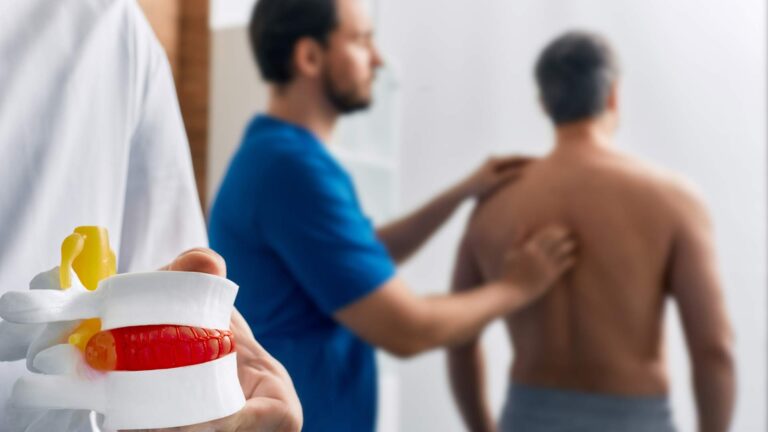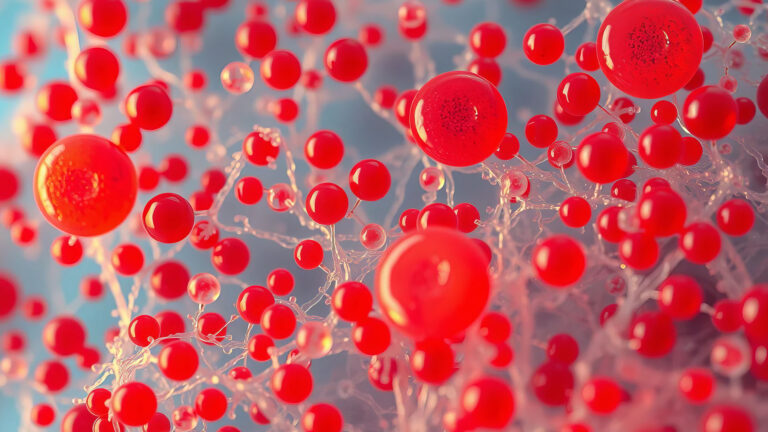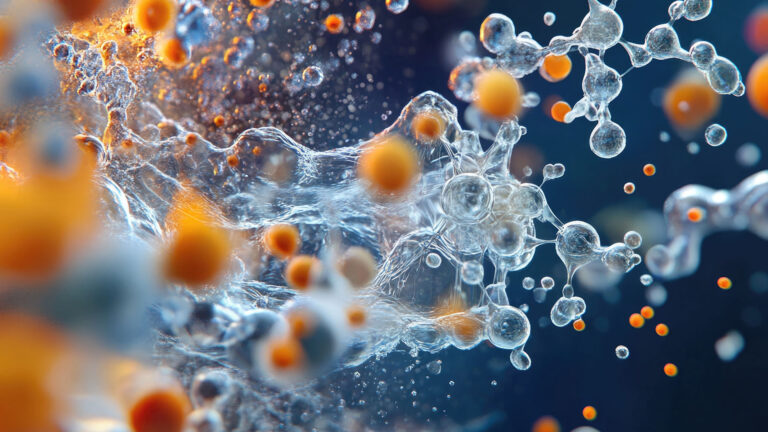Arthritis can make everyday movement painful and frustrating — but new treatments are giving patients hope for real, lasting relief. One of the most promising is platelet-rich plasma (PRP) therapy, a regenerative treatment that harnesses your body’s own healing potential to reduce inflammation and repair joint tissue.
At Dr. A Disc Care, we specialize in advanced, non-surgical treatments for joint and back pain, including PRP for arthritis. Here’s how this innovative therapy works and why it’s helping more patients find relief from chronic pain.
Understanding Arthritis Pain
Arthritis isn’t a single condition—it’s a broad term for joint inflammation and pain. The most common type, osteoarthritis, affects more than 32 million adults in the U.S. It occurs when the cartilage that cushions your bones wears down over time, leading to pain, stiffness, and limited mobility.
Other forms of arthritis, such as rheumatoid arthritis, psoriatic arthritis, and gout, also cause inflammation and joint damage. No matter the cause, the result is the same: ongoing discomfort that can severely impact your quality of life.
Traditional arthritis treatments focus mainly on symptom management through medications or steroid injections. However, PRP therapy goes a step further by targeting the underlying cause of pain and supporting your body’s natural ability to heal.
What Are PRP Injections?
Platelet-rich plasma (PRP) is derived from your own blood. It contains a concentrated amount of platelets, the tiny cells responsible not only for clotting but also for tissue repair and regeneration. These platelets release powerful growth factors that promote healing and reduce inflammation.
During a PRP treatment, a small amount of your blood is drawn and spun in a centrifuge to separate and concentrate the platelets. The resulting plasma is then injected directly into the affected joint, where it can begin stimulating tissue repair and reducing inflammation.
How PRP Helps Arthritis Pain
Because cartilage has a limited blood supply, it doesn’t heal easily on its own. PRP injections help overcome this challenge by delivering healing factors directly to the damaged tissue, which can:
- Stimulate new cell growth
- Reduce joint inflammation
- Slow down cartilage degeneration
- Decrease pain and stiffness
- Improve overall joint function
At Dr. A Disc Care, PRP injections are performed in-office and typically take about an hour. Most patients return to their usual activities the same day, with gradual improvement over several weeks as the healing process continues.
Safe, Effective, and Natural Pain Relief
PRP therapy is a natural alternative to more invasive procedures, since it uses your own blood components and avoids synthetic drugs or surgery. Many patients experience long-lasting relief and improved mobility without the downtime associated with other treatments.
Find Out if PRP Is Right for You
If you’re living with chronic arthritis pain and want a regenerative, non-surgical solution, PRP injections may be the answer.
At Dr. A Disc Care, our team provides personalized care for joint, back, and musculoskeletal conditions — helping patients regain comfort and movement naturally.
Call today or request an appointment online to learn how PRP therapy can help relieve your arthritis pain and support long-term joint health.
Contact Us
Send us an email
Questions? Submit the contact form to get in touch with us or schedule an appointment.
-
Surgery vs. Regenerative Medicine for Herniated Disc
If you’ve been diagnosed with a herniated disc and told you need surgery, you’re not alone. About 500,000 Americans undergo spine surgery each year. But here’s what many don’t know: surgery isn’t your only option.
-
PRF vs PRP: The Next Generation of Natural Healing is Here!
There’s now an even better version called PRF (Platelet-Rich Fibrin), and it’s like PRP’s upgraded, more powerful cousin.
-
Understanding PRP Therapy for Joint Pain: A Natural Approach to Healing
PRP therapy is an innovative medical treatment that harnesses your body’s own healing power to address joint pain and injury.






